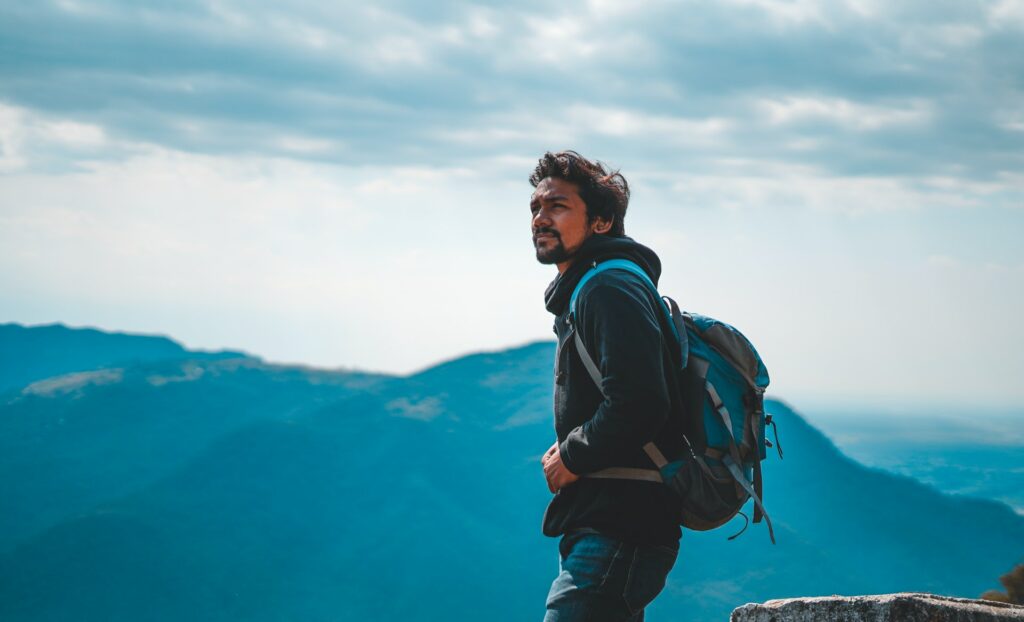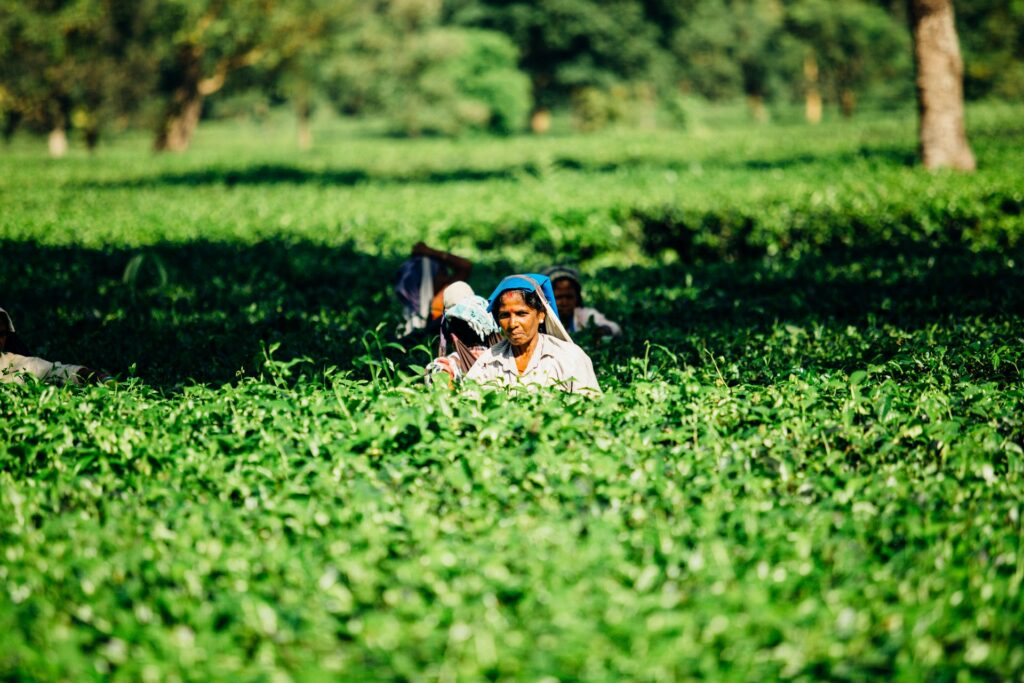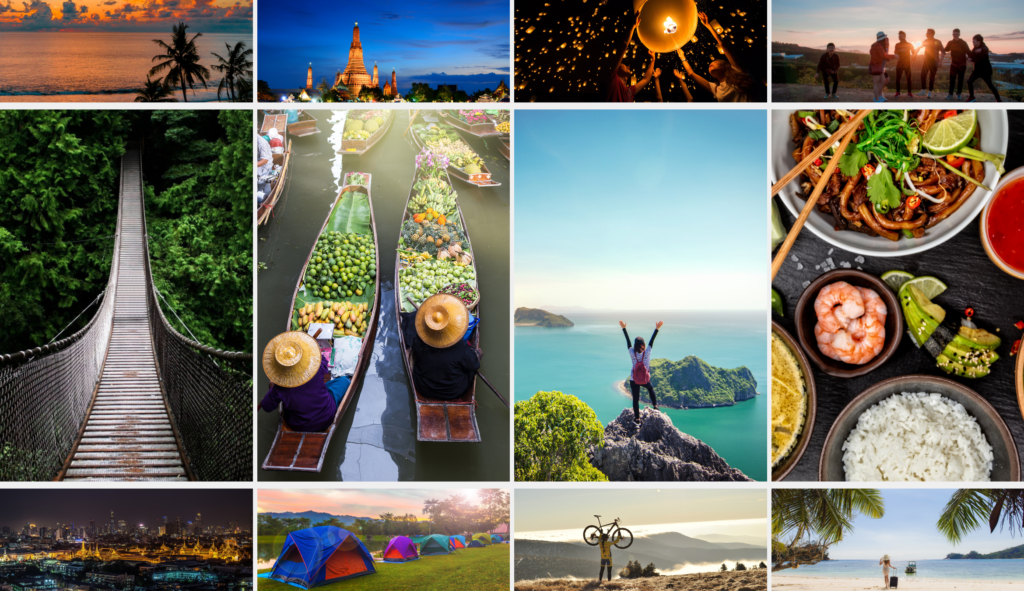Remember me? The Traveler. I am back!

By Amadeus
Travel is once again becoming an option for many people in the world as governments start to ease lockdowns and re-open borders. However, how the world travels will change—so too will traveler behaviour.
At the peak of the pandemic, the industry—collectively and individually—was forced to adapt and focus on its survival. But as the recovery phase begins, attention should turn to the first travelers hitting the road and skies as lockdowns ease and borders start to open. Initially, the industry needs to regain the trust and confidence of the traveler, who will emerge from this situation with different priorities and considerations than before.
Before the first outbreak, travel companies with the latest technology were able to gain a deep understanding of traveler requirements at every stage of their digital and physical journey. The demand for personalization, sub-second response times, secure payments and a frictionless experience will only be accelerated alongside travelers’ needs for other innovations more specific to COVID-19.
Maintaining the advances made over the past few years while offering new products and services to travelers is one of the biggest challenges facing sellers and suppliers.
The truth is out there
The recovery of travel will be built upon a foundation of information. Before booking, or before starting a search, a traveler will need to know if that trip is even possible, the specific requirements upon departure, upon arrival, in destination, upon return. Travelers will be looking to the industry to reassure them that travel is safe as borders re-open.
The industry has talked the talk for years about collaboration, community models and co-opetition (co-operating with competitors). If these lofty aims can be converted into a neutral source for COVID-19 travel information, the bonds of trust between the industry and the traveler will be re-tied and strengthened.
Large organizations and corporations have a responsibility to the industry and the traveler to do the heavy lifting that is required behind the scenes. There will be hundreds of local, regional and national travel advisories, bilaterals and air corridors or bridges, border requirements, health checks and much more. Information from airports, from hotels, from rail companies, from public transport authorities, from individual museums and attractions need to be integrated into one single platform to make travel palatable and attractive to the traveler.
Any portal will need to be constantly updated, accurately, in real-time, and configured in a way so that the information is accessible directly to the traveler or indeed the travel seller—maybe even with alerts and notifications when things change.
This is a big ask, but there are collaborations already under way, determined to help travelers start traveling again. The European Union is aggregating information from member states and other sources, promoted under its Re-Open EU initiative. The WTTC has launched a “Safe Travel” stamp of approval, given to destinations and businesses which have adopted its global standardised protocols for health and hygiene. The OECD has a “country policy tracker” which highlights the measures taken and rules in place across the world’s leading economies. It is important to have a central repository of accurate information upon which travelers, and technology companies can rely. Amadeus’ Travel – 19, an online bot which provides answers to questions on travel restrictions and safety precautions, could benefit from such a tool and, in turn, so would travelers.
Despite the obvious challenges for all these projects, the end result—regaining the trust of the traveler and potentially offering this as a resource—is well worth the effort. And the deeper collaboration behind these plans will form the basis of new future relationships which can benefit the industry and traveler alike.
Search patterns—Go with the flow
Travelers are unlikely to entirely change their individual search, shop and booking patterns as a result of COVID-19. They will expect the industry to seamlessly integrate new processes into familiar routines. Consumer-facing agents and brand dotcoms will need to dust off and re-write parts of their pre-COVID guide covering ‘how to improve personalization’, ‘right message at the right time in the right channel’ and ‘make it easy to pay for travel’.
Businesses which embraced personalization before COVID-19, and whose customers responded positively to their efforts, need to think how best to take the relationship to the next level. Health information is likely to be required at some stage in the process and might be mandated at the government or state or regional level. Opt-out might not be an option.
To achieve this, a business needs to be close to the customer for them to feel comfortable sharing their information. People are more circumspect about sharing health data than revealing their preferred seat. The tone and timing of the request for information needs to be considered carefully but, as before, the rewards for businesses which get personalization right are many: better conversion rates, higher basket value and a satisfied and potentially loyal traveler.
Integrating new COVID-19 related fields into the booking flow requires tech connectivity behind the scenes to where the information is held, so that the traveler can be made aware of requirements. The timing for displaying these messages is critical and testing will be required to identify optimal positioning.
This revised booking flow will require a new thinking around dynamic messaging—an under-the-radar e-commerce term to describe how, when and where pop-ups, notifications and alerts are displayed to the user.
For example—if the traveler searches for a flight from London to New York, at what point in the flow does the message—pulled from the content source in real-time, based on the latest information—appear: “If you book this flight for these dates, you will be required to quarantine for 14 days upon your return to the UK.”
Dynamic messaging is likely to become more prevalent across the industry during the recovery phase. It has the potential to drive upsell and cross-sell opportunities, which is great for the industry as it looks for revenues, but also good for the traveler if they are offered a product or service they didn’t realize they wanted.
Before COVID-19, momentum was building in payments. The industry started to respond to consumers’ complex demands to ensure that when a traveler books a ticket, the transaction is smoothly processed. The industry risked missing out on a lot of revenue, simply by not offering travelers the payment option they wanted or by not optimizing the payment experience at check-out. ‘Cart abandonment’ will be an even bigger issue for travel companies during the recovery because the effort and cost required to get a traveler to the ‘pay now’ button will be greater, meaning the direct and indirect losses from an abandoned transaction are higher too.
Giving travelers the payment options they require takes on business-critical importance during the recovery phase. Travelers will benefit in the long term from the continuing improvement in the payment process—the payment methods available, the speed and security.
Change management
Most people in the world have been hit by this pandemic. Social psychologists and behavioral economists will likely spend years deconstructing the changes to the “human psyche”. But the industry doesn’t have the time to wait—it should be aware of potential shifts in the traveler’s mindset which are happening already.
Will price or value drive decisions (once a viable trip has been found)? The industry here can play its part by thinking in terms of how much the trip might be worth to a traveler in non-monetary terms. But the economic crisis following the pandemic means that price sensitivity will still play its part. The tone and language used in marketing and promoting needs careful consideration.
Social distancing will inevitably change the flow of visitors into and around a destination or event. Over tourism could be over, so long as the industry gives travelers information about and access to alternative destinations. There will also be socio-economic and environmental benefits from shifting tourism dollars away from the hotspots to the lesser known attractions. Governments and public institutions also have a unique opportunity to shape the future of travel for the better: backing companies and initiatives that will support a transition to a more sustainable tourism industry will make the sector greener and more resilient.
Dynamic messaging and flexible digital marketing can help with the switch-selling, which will be more effective for businesses able to personalise the options.
In response to changes to supply and demand travelers will expect the industry to come up with new leisure travel options. With so many variables impacting international flight + hotel packages, domestic or intra-regional packages could come to the fore. Product, revenue and marketing teams will need to be creative in how these new packages are assembled, priced and promoted.
Conclusion
The travel industry recovered strongly after other recent external shocks such as 9/11 and the 2008 financial crash. Some elements of these legacy recovery roadmaps can be repurposed for today, but COVID-19 is a different scenario which requires a different approach.
Central to this approach is collaboration. Brands need to put aside commercial considerations where possible and work collectively to help restore travelers’ faith and trust in the industry. New forms of private—public partnerships should be fostered.
New collaborations have already emerged from the response to the outbreak of the pandemic. As the recovery phase progresses, at different speeds in different locations, these tie-ups will become a vital part of the recovery. Providing the correct information will be as important as providing the right product.
Opportunities exist for technology enablement in areas such as dynamic messaging and payments; a renewal of the industry prompting a rethink of its purpose and role moving forward; and innovation in product, design and marketing. Travel was pretty epic before COVID-19, and there is no reason why it can’t come back even better.






Responses